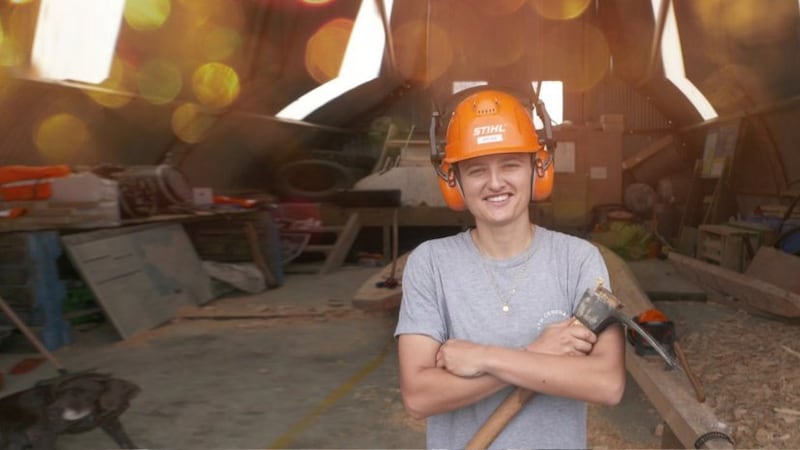The revitalisation of traditional Māori ocean navigation has also led to the re-emergence of young canoe builders, following in the legacy of experts such as the late Te Hekenukumai Busby.
One of the emerging waka carvers is Hine Waitai-Dye, a female descendant of Ngāti Kurī and student under the tutelage of Heemi Eruera, who was trained by Busby. Waitai-Dye is enrolled in Ngā Tapuwae O Te Waka, a school that specialises in the art of building traditional waka.
Waitai-Dye was urged to enrol by her iwi and kaumātua and says while it was a privilege, there was a lot of “back and forth dialogue” because she was as a woman, entering a sacred space of learning.
“Obviously I’m a wahine, so it took a while for some of the school’s main leaders to accept me. In fact there was a lot of back and forth kōrero in 2018, when I applied and I wasn’t accepted until a year later,” she says.
Being tutored by Eruera has protected Waitai-Dye in her lessons over the past few years, without having to worry about outside challenges.
Global training
“Before I was accepted, I was actually researching and building smaller craft, when Heemi approached me and said my iwi had put out the tono for me to begin learning at the school.”
Waitai-Dye said her waka carving lessons in her first year have taken her around the world.
“In my first year I spent four months in other countries building waka; so Hawaii, Washington State, Washington DC and Seattle; we were away for a month at a time.”
Waitai-Dye said that being a wahine waka builder was very empowering for other people and she loves the work.
She said keeping an open mind to the process of building waka was important as it was an amalgamation of techniques.
“All these interesting techniques that don’t make sense in a western world plus sometimes some of the things and tools we use don’t make sense in a Māori world, so it’s a bit conflicting in a few different things.
“You have to come with an open mind to be able to be taught.”

